#Chimu
Explore tagged Tumblr posts
Text


☀ cross stitch of a cat , which is about 1000 years old !
A textile fragment was found in Peru. It belongs to the Chimu or Chancay culture (pre-Columbian era X - XV centuries)
13K notes
·
View notes
Text
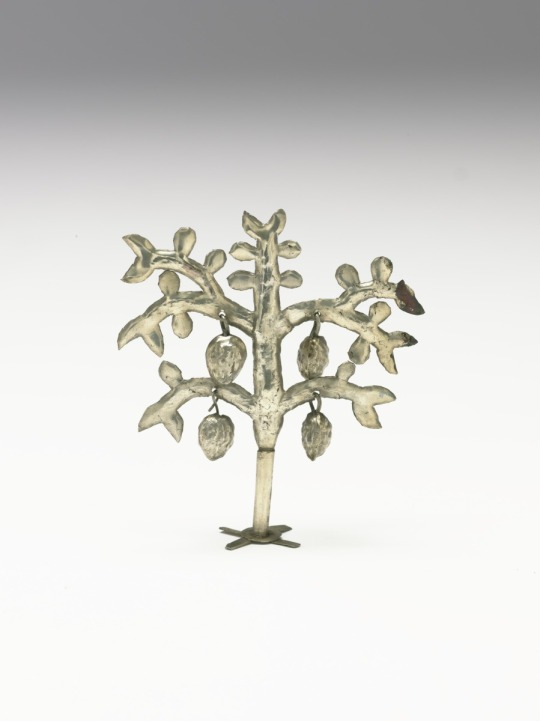
Silver tree, Chimu culture, Peru, 1100-1470
from The Virginia Museum of Fine Arts
244 notes
·
View notes
Text

vessel (perhaps depicting the corn god) | c. 1000s-1400s CE | peru, chimu culture
in the minneapolis institute of art collection
#peruvian art#indigenous art#peru#chimu#medieval art#middle ages#postclassic south america#they look polite
29 notes
·
View notes
Text

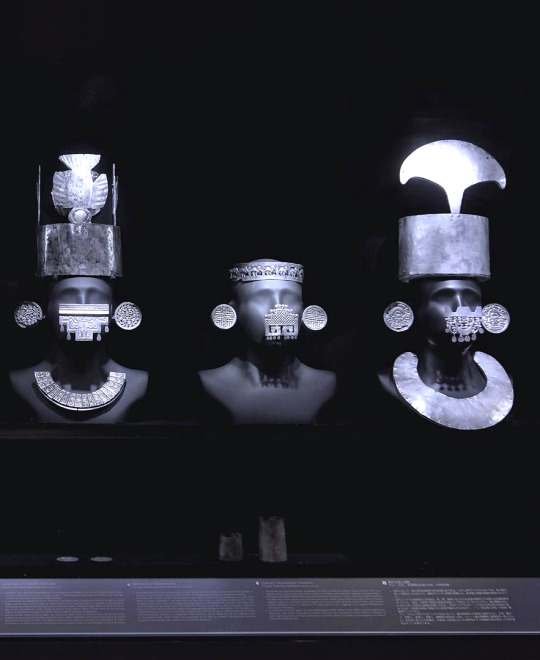
Chimú Silver Crowns and Adornments
#chimu#empire#moche culture#pre inca#peru#pre columbian#south america#adornment#jewelry#nobility#history#museum exhibition#photography
17 notes
·
View notes
Text

Chimu Culture 1000-1470
Chimu Stripe Tunic, Circa. 1200AD. Camelid fibres,142 x 162 cm. .
7 notes
·
View notes
Text
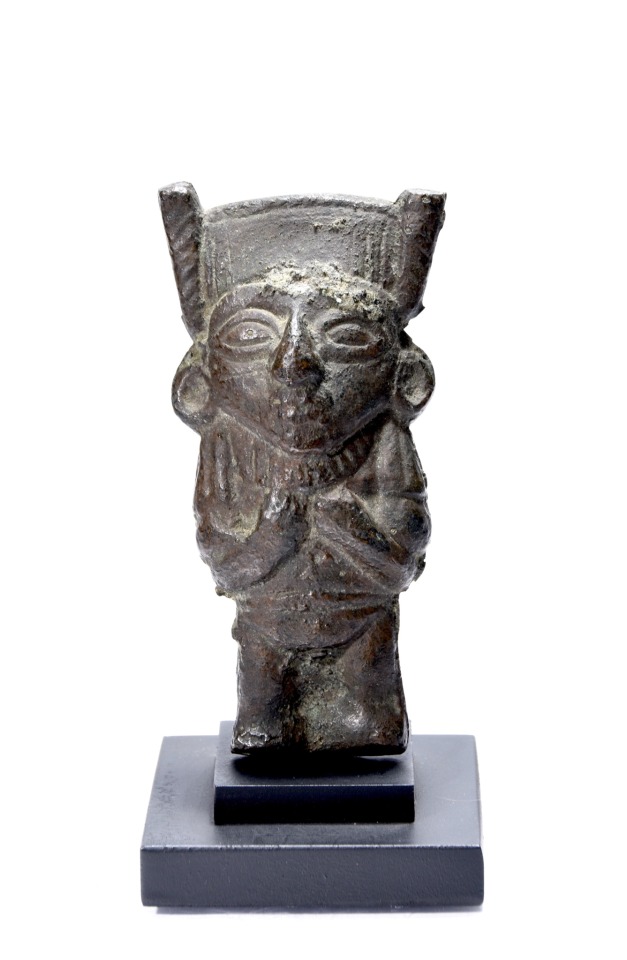
Chimu Cast Bronze Figure Ornament
#bronze sculpture#ancient art#pre-columbian#artifacts#ancient history#archaeology#art history#chimu#south america#inca#ancient jewelry#bronze statue#Galeria Contici
2 notes
·
View notes
Text

#Nayarit(Spanish pronunciation: [naʝaˈɾit]), officially the Estado Libre y Soberano de Nayarit (English: Free and Sovereign State of Nayarit), is one of the 31 states that, along with Mexico City, comprise the Federal Entities of Mexico. It is divided in 20
2 notes
·
View notes
Text
Si is an androgenous moon god chosen as the leader of the major South American Chimú and Moche culture pantheon, bucking the trend in world mythology where the moon god is both feminine and inferior to a sun god. The Chimú / Moche cultures placed their Moon god above the Sun god but the Inca that followed them did not.
In 1975 French philosopher Hélène Cixous wrote the book Sorties, concerning our proclivity to employ oppositions to help us better understand the world and ourselves. One insight she had was that opposing pairs of terms often imply a power relationship between those terms. Indeed, the oppositions are often in an active vs. passive or masculine v feminine hierarchy of dominance and submission. To Cixous, dualism entailed hierarchy.
We see this, for example, in mythology with the pairing of the Sun and the Moon as opposites, with the Moon always seeming to be the feminine “lesser light” and the Sun the supreme nurturer of life.
Most of the famous moon deities in mythology are, in fact, female. Yet, it is interesting that the Sun/moon hierarchy was not universal, as the Moche and Chimú peoples of South America turned this schema on its head. The leader of their pantheon was the moon god. This overlord was, indeed, Si, who controlled the seasons, storms and, consequently, agricultural fecundity.
Weapons of the Stone Age - How Throwing Evolved in Ancient Man (Video)
In 1975 French philosopher Hélène Cixous wrote the book Sorties, concerning our proclivity to employ oppositions to help us better understand the world and ourselves. One insight she had was that opposing pairs of terms often imply a power relationship between those terms. Indeed, the oppositions are often in an active vs. passive or masculine v feminine hierarchy of dominance and submission. To Cixous, dualism entailed hierarchy.
We see this, for example, in mythology with the pairing of the Sun and the Moon as opposites, with the Moon always seeming to be the feminine “lesser light” and the Sun the supreme nurturer of life.
Most of the famous moon deities in mythology are, in fact, female. Yet, it is interesting that the Sun/moon hierarchy was not universal, as the Moche and Chimú peoples of South America turned this schema on its head. The leader of their pantheon was the moon god. This overlord was, indeed, Si, who controlled the seasons, storms and, consequently, agricultural fecundity.
Rare Pre-Hispanic Chimú Burial Discovered In Peru
The Mysterious Moche Icon of the Iguana, Companion to the Sky God Wrinkle Face
The Chimú culture at its most mature form only last about 600 years but in that time they worshipped the moon god above all others. This Chimú collar, twelfth-fourteenth century AD, is made of Spondylus beads, stone beads, and cotton, and is part of the NYC Metropolitan Museum of Art collection. (Metropolitan Museum of Art / CC0)
The Chimú culture at its most mature form only last about 600 years but in that time they worshipped the moon god above all others. This Chimú collar, twelfth-fourteenth century AD, is made of Spondylus beads, stone beads, and cotton, and is part of the NYC Metropolitan Museum of Art collection. (Metropolitan Museum of Art / CC0)
For The Chimú and Moche People The Moon God Was Number One!
You may never have heard of the Chimú people, but they hold a significant place in South American history. They had created the largest political system in Peru until they were swallowed up by the Inca.
Remnants of Chimú architecture show that they had a vast, centralized planning system that distributed necessary goods throughout their society to people of all ranks (from peasant to noble). The Chimú created a massive irrigation system, wide roads, and many cities.
When the Inca conquered the Chimú in the mid-to-late 1400s AD, they, basically, absorbed the greatest accomplishments of Chimú culture into their own.
The Moche predated the Chimú and were able to harness streams of water from the Andes into an irrigation system that was able to provide enough crops for the rise of their cities. Their political organization never developed into a centralized state, however, and the reasons for the disappearance of the Moche is still a mystery. Yet, aspects of their mythology were absorbed by the Chimú, including the belief that the Moon was much more significant than the Sun in the order of gods.
Why Did South American Cultures Value The Moon Over The Sun?
The capacity we possessed to use the moon to predict seasonal change gave this primary celestial body immense clout, as folks assumed that the moon was responsible for those changes. The Moon became a type of catalyst which changed the seasons, and which became responsible for the cycle of life and death on Earth.
The food supply of the Chimú was tied up with the workings of this god, and this god was part calendar and part benevolent creator. As Si, the Moon god was responsible for seasonal changes, and he/she (scholars are still not sure whether Si was male or female) was thus responsible for the fertility of the soil and the agricultural output of Chimú society.
In relation to fertility, there was also a noticeable connection between the menstrual cycle and the lunar cycle. The Moche and Chimú also became aware that the Moon had something to do with the rising and falling of the tides, so this moon god was intricately linked to water production and water movement.
Compare this with the workings of the Sun and one can see that the Moon seemed much more dynamic and involved in the processes of life that kept the Chimú people alive. The Sun would, in fact, disappear for many hours each day, forcing the benevolent Si to cast light at night to help protect both people and property.
Distribution of goods was essential to the social organization of the Chimú, and Si helped to ensure that thieves could not sneak into government reserves at night and plunder what was needed by the people. Furthermore, one could even notice Si during the day, wandering around, making sure all was well. Si knew how to hustle. Si was a mover and a shaker. Si the Chimú Moon god was much more hard working than the monolithic Sun!
Indeed, there seemed to be some bad blood between the two as the Moon was sometimes eclipsed and sometimes eclipsed the Sun. When Si eclipsed the Sun, the Chimú rejoiced. It was Si flexing his/her muscles, demonstrating who had the real power, who was really in charge.
Sumerian Hunter-gatherers Liked the Moon, Farmers the Sun
It could well be that the appreciation for the Moon as opposed to the Sun was a carry-over effect from the days of hunter-gatherers. The Moon was one giant and interactive calendar for hunter gatherers. The Moon allowed for the recording of time and made the seasons change and could be used by nomadic groups in their travels.
In Sumeria, Nanna the Moon god gave birth to Shamash, the sun god, almost as an after-thought. This is considered to definitely be a carry-over from the hunter-gatherers who transitioned into a sedentary way of life in the Fertile Crescent due to the overabundance of wild grains and domesticable animals there.
In other cultures, it is thought that the initial appreciation of the Moon was subsumed by an appreciation for the Sun as folks transitioned from hunting and gathering to farming. Basically, farmers did not need the Moon as much as hunter-gatherers did. And, over time, the life and warmth provided by the Sun began to supersede the old powers and prestige of the Moon gods.
Nanna, like other Moon gods around the world, became a god of wisdom as well as a protector of people. His visual representations often included the bull and crescent moons. Of course, the horns of the bull looked a great deal like the waxing and waning crescent moons at the beginning and end of the monthly lunar cycle.
The bull, thus, became equated to the Moon god, possessing crescent iconography on its head and the power of seasonal change and fertility in its very being.
The Moon God: Equated With The Dead And Plant Growth
As farmers began to value the Sun more than the Moon, the lunar cycle became equated to concepts akin to birth, death and rebirth and the belief that somehow the Moon had a great deal to do with fate.
Yet, agricultural societies kept the belief that the cyclical process of vegetative growth was feminine and controlled by the Moon. In various traditions, this feminine presence was forced to recognize its inferior position in its dualistic relationship with the sun, however.
For example, Coyolxauhqui, Aztec goddess of the Moon, was soundly defeated by her brother the Sun god Huitzilopochtli. This battle was ritualistically re-enacted often in conjunction with the Aztec sacred calendar, a reminder of the supremacy of the male sun over the female moon.
We Only Known A Little About the Fairly Short Chimú Culture
Not enough is known about Chimú culture to truly answer these questions about the Moon god and their overall mythology. What we know of the Chimú came to us through the Inca, and we, therefore, cannot consider everything we know about the Chimú to be accurate.
It is certainly true that the Chimú were an agricultural people who had established thorough irrigation systems and populated numerous cities. The initial myths from the hunter-gatherers must have been more powerful than the social and economic factors to abandon them.
Also, the Chimú culture only about 600 years from start to finish. It is possible that the Moon might have become more feminized and placed into a subservient position to the Sun after many more generations.
On the other hand, the respect for the Moon as evinced by the mythology of the Chimú might have survived indefinitely had the Incas not conquered these people, given the extent to which the story had such compelling elements and was so embedded in the life of this people.
#si#hexe#magick#witch community#witchcraft#baby witch#witch tips#beginner witch#pagan witch#chaos magick#witchblr#moon goddess#chimu#moche
2 notes
·
View notes
Text
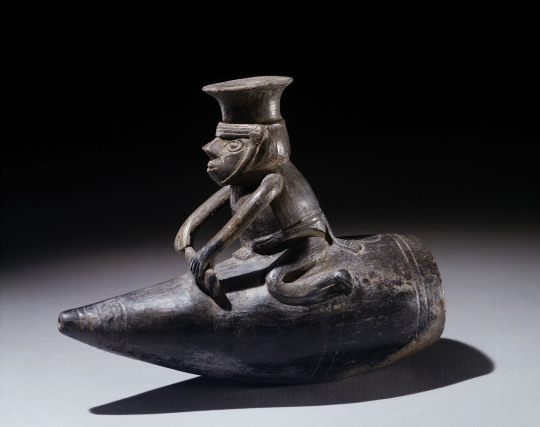
Vessel depicting a reed boat with a rider, Chimu culture, Peru, 900-1475 AD
from Dumbarton Oaks
116 notes
·
View notes
Text






千夢(ちむ)
200 notes
·
View notes
Photo
ohhhh noooo it has the saddest eyes
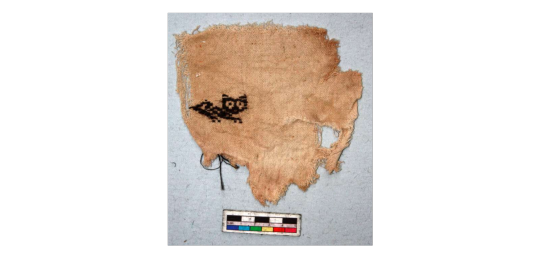
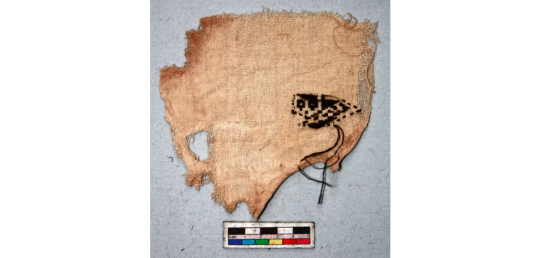
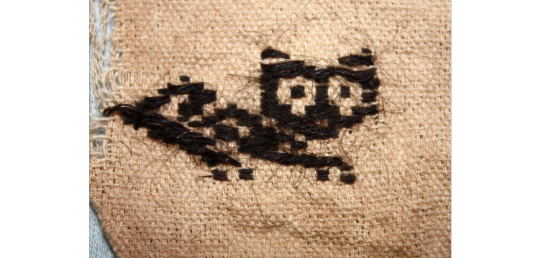
textile
Cultures/periods: Chimu (?) Chancay (?)
Production date: 900-1430
Made in: Peru
Provenience unknown, possibly looted
Textile fragment; cotton plain weave ground with paired warps; camelid supplementary weft patterning; feline figure; cream and black.
British Museum
#precolumbian#Precolumbian art#andean#Andean textiles#textile art#chancay#chimu#Peru#peruvian art#Peruvian textiles
33K notes
·
View notes




